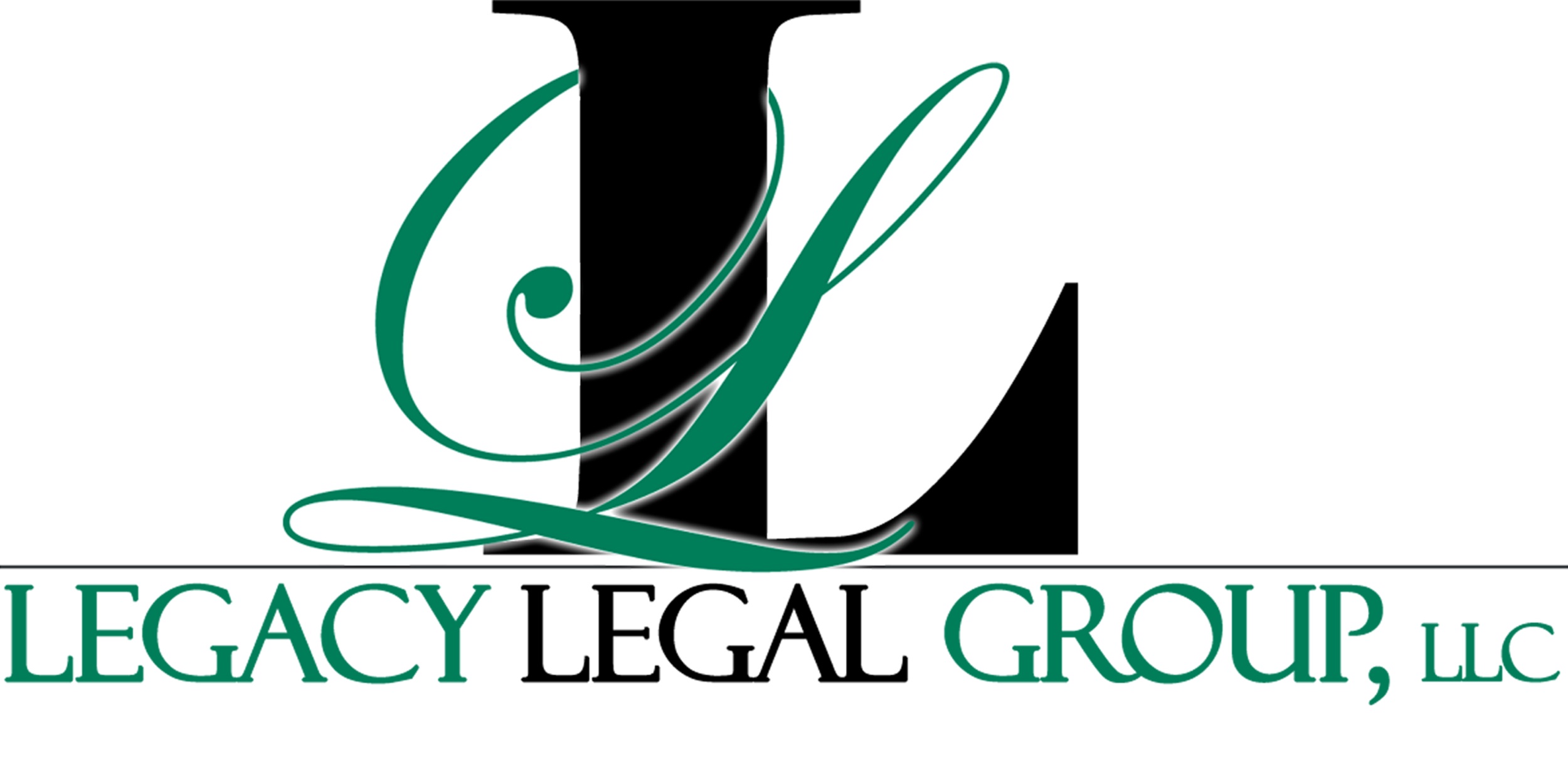Estate Planning Basics
What will happen to your assets if you were gone tomorrow or were no longer able to handle your own affairs? This should be an easy question to answer. It is certainly an important one!
We work all our lives to accumulate assets, and we should have control over what happens to those assets if we are no longer here to enjoy them or are unable to take care of them ourselves due to medical or physical limitations. However, most individuals don’t understand how the law governs the way assets are handled upon incapacity or transferred upon the death of the owner.
And what about your most important asset – YOU? What will happen to you if you are no longer able to make your own decisions regarding medical care and treatment? You need to communicate your wishes to your loved ones both verbally and in a legally enforceable written document to make sure that your wishes are understood and honored in the event of an emergency.
Basic Estate Planning Necessities:
Will and/or a Trust
Durable Power of Attorney for financial affairs
Living Will and Durable Power of Attorney for medical care and treatment
HIPAA releases
Proper titling on all assets and coordination of Payable on Death (POD), Transfer on Death (TOD), and beneficiary designations with your existing will or trust
Many individuals take the first step in estate planning and execute a “simple” will to dispose of their property at death. A will is a document that is filed with the probate division of the circuit court after death which designates who will administer the estate as the “Personal Representative” or executor. A will instructs the court to distribute the decedent’s assets to specific individuals or entities. If the decedent had minor children at the time of his or her death, the will appoints the guardian of those children and unless certain provisions are made in the will, a conservatorship will be opened to govern the assets left to such children until they reach eighteen (18) years of age.
However, what most individuals don’t understand is that assets with non-probate transfer designations, such as beneficiary designations, payable on death designations (“POD”), transfer on death designations (“TOD”), or joint ownership with another individual will likely avoid probate and therefore, avoid the plan of distribution outlined in the will or the trust. For this reason all non-probate transfer designations must be carefully coordinated with the plan of distribution contained in the will or trust. In addition these types of planning techniques often do not work as intended if individuals “die in the wrong order” or an individual has capacity or creditor issues at the time of your death. This is just one example of the many considerations involved in the process of estate planning – simply drafting the documents is not enough – it is critical to have a comprehensive estate plan in place!

